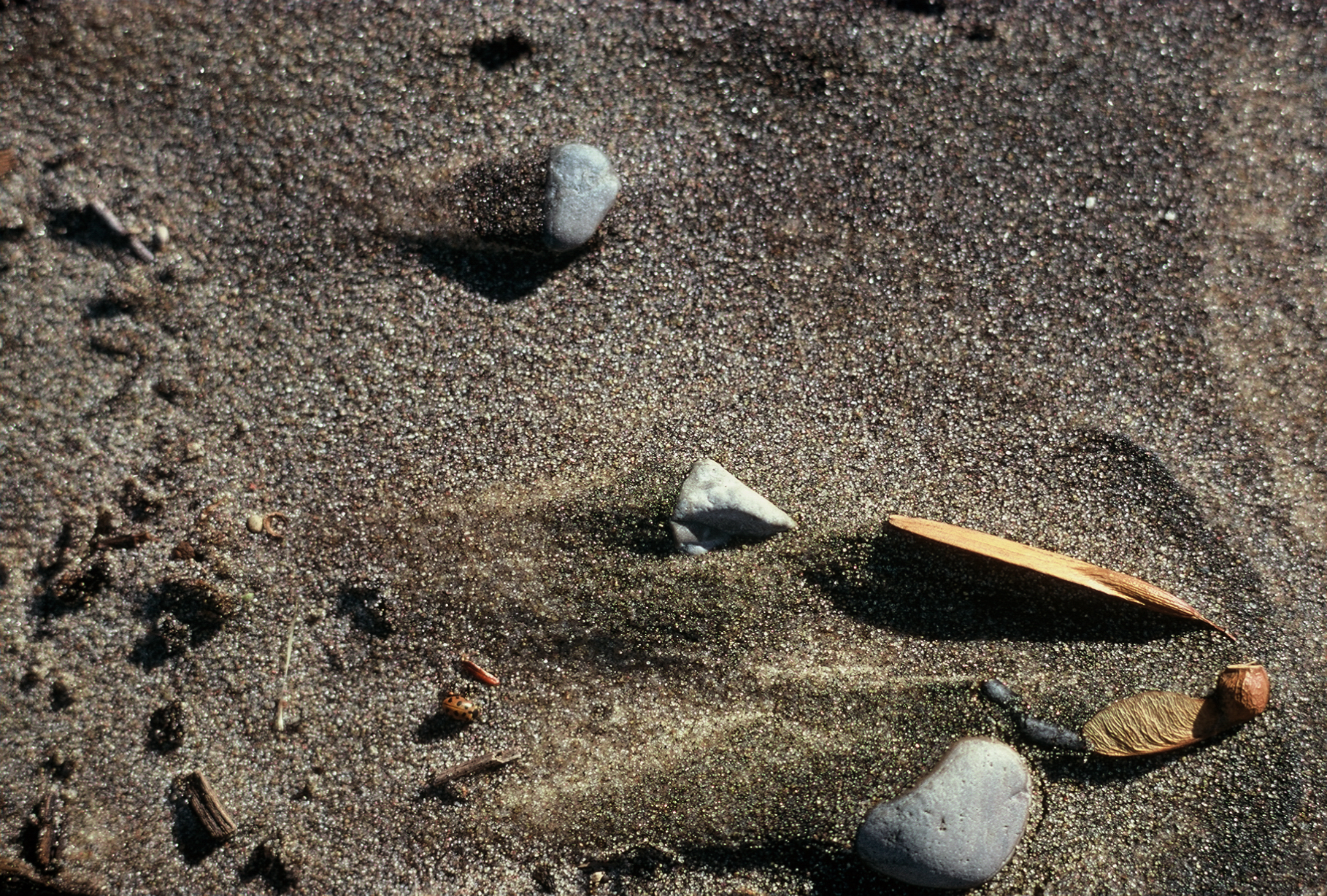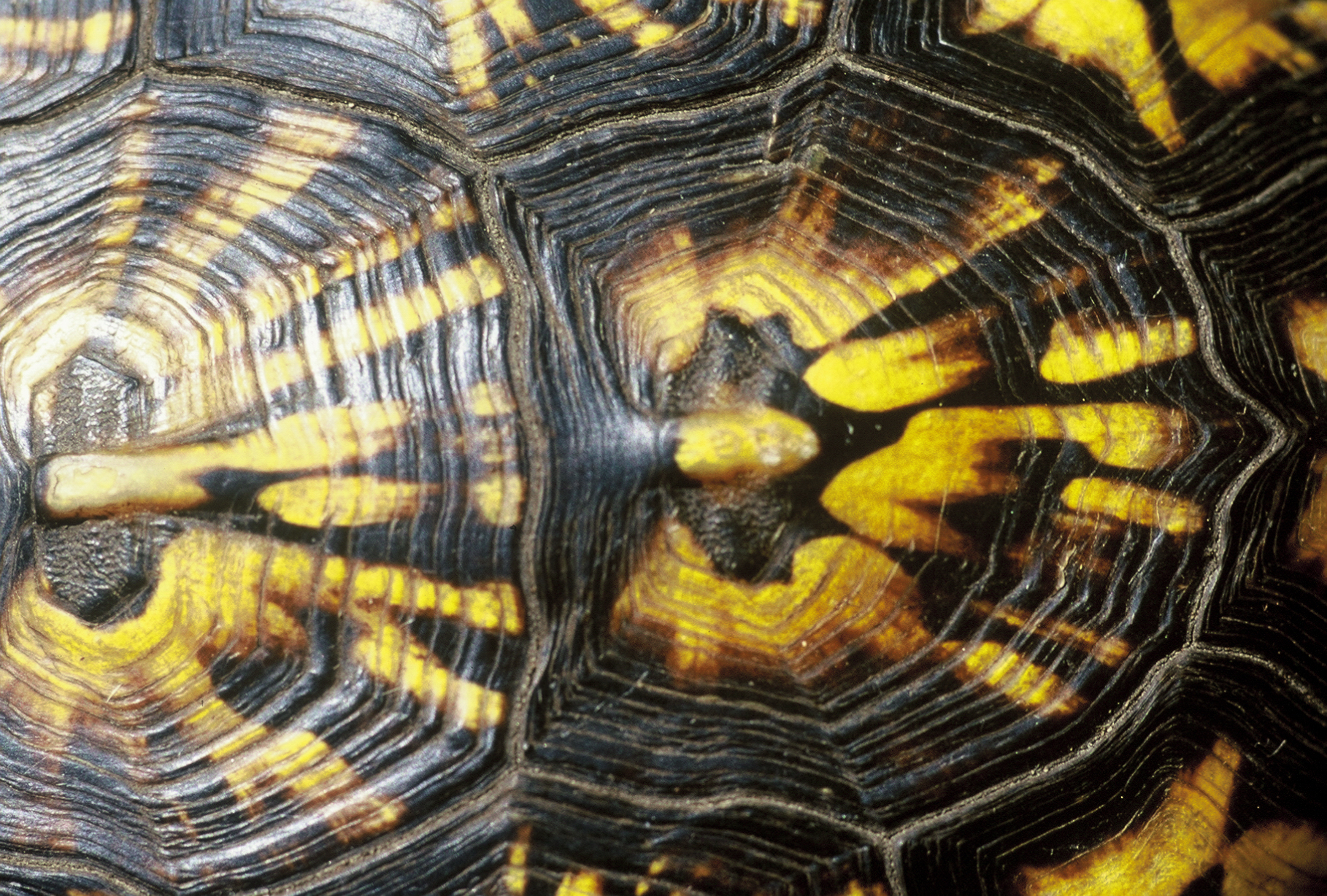


sold out This was one of the first viburnums I planted at my farm. I had read about it in a lot of my 'wild edible' books and was interested to see how it produced. i could not find seeds of it in Michigan but I did find a seed supplier in Nova Scotia that had quite a large access to it there where it is quite abundant. Many of the seeds took and soon I had a lot of the 'edulis' Viburnum that I had read about. The plantings were done in a frost pocket of a valley and there accompanied by oaks, hickories and cedar the plants flourished and set a lot of fruit. Soon the birds were really nailing them making it tricky to get seeds. As far as I can tell the yield of this particular strain is heavier than I have seen in other plantings where the plant appears to languish in the heat. These do not and have not foliar issues as well. Seeds are doubly dormant. When you get them, do not let them dry out as these are more sensitive to that compared to other Viburnum seeds.
Flavor is very good with this species but there is little pulp around the seed. The yields are quite large most years and there is no frost or disease that impedes with the yields.
The seeds have been floated this year eliminating all blank seeds. The seeds are cooler stored after they dry down a little.
To germinate the seeds: Double dormancy. Fall plant in September or October-roots emerge the following fall and with the top coming up in spring. Plant 1/2 inch deep. Having a high organic soil helps with this species as the seeds dry out easily. We supply fresh seeds which are refrigerator stored and kept in glycine bags to prevent mold. If you do the refrigerator method, keep in mind that you have to plant them after the first cold period as the roots begin to emerge in the mid to late summer. Dormancy needed. Cold 38-42 F for 120 days--Warm -air temperature during the summer. Roots will sprout now at the end of the warm period. Then cold again of 38-42F for 120 days. Tops will then come up at this point.
| Plant Specs |
| Genus & Species |
Viburnum cassinoides |
| Seed Source |
MIchigan, Originally from Nova Scotia |
| Hardiness |
-35F |
| Height (ft) |
6 |
| Width (ft) |
4-8 |
| Pollination Requirements |
Would benefit from having at least 2 plants of itself for best fruit production. Seed grown plants fulfill this requirement. |
| Soil |
Loam to heavy wet soils. Does well here in ph 6.5 soils. |
| Climate |
Zones 2 ish to 3-8. Best in cold climates. |
| Ease of Cultivation |
Patience on germination. Like other seed grown viburnums, this species takes two years to germinate. The seed grown plants are productive of this species and likely need cross pollination to set solid umbels of fruit. Very durable and once established long lived. Spreads out slowly by small stolons. Can reach to 10 ft tall. Could easily be used in landscapes similar to the other named Viburnums that are currently in use as even the flowers are fantastic. |

